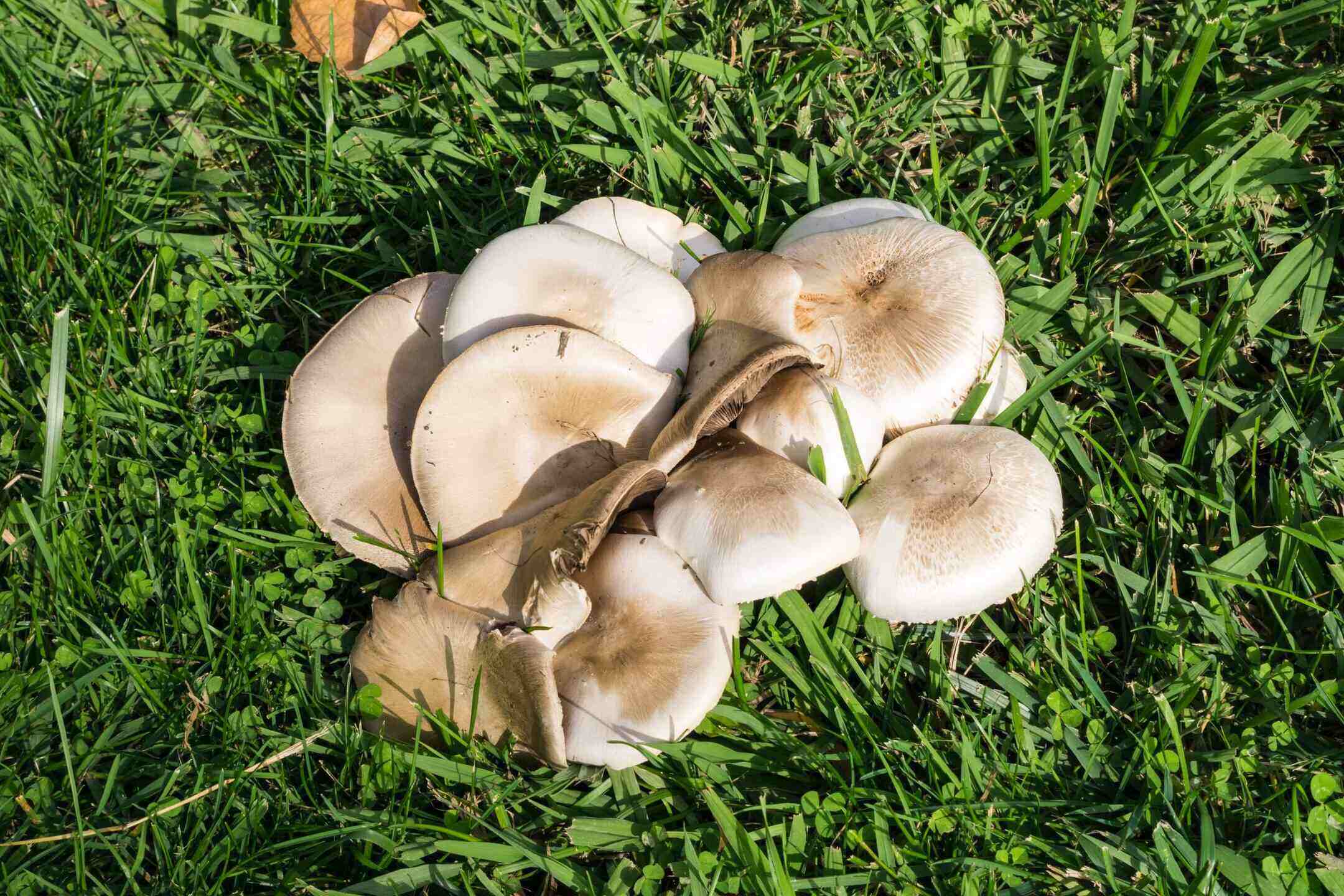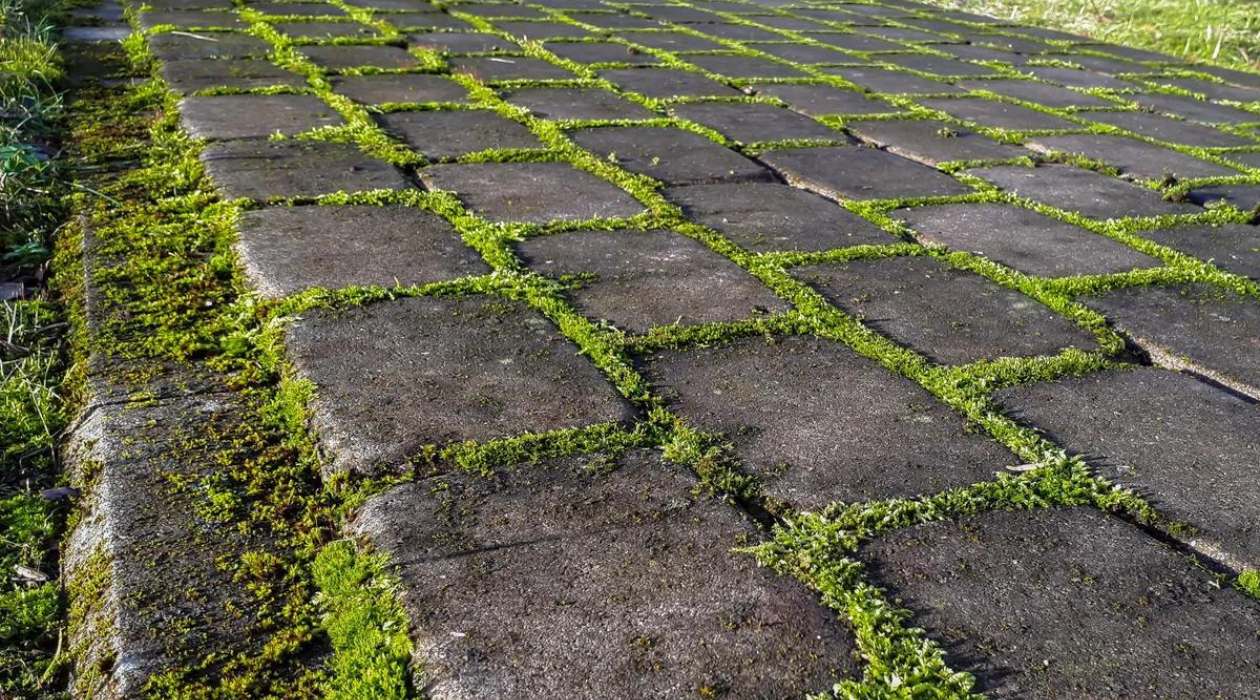Home>Gardening & Outdoor>Landscaping Ideas>What Kills Dallisgrass In Lawns


Landscaping Ideas
What Kills Dallisgrass In Lawns
Modified: January 9, 2024
Discover effective landscaping ideas to eliminate Dallisgrass in lawns. Learn how to tackle this pesky weed and restore your lawn's lush appearance.
(Many of the links in this article redirect to a specific reviewed product. Your purchase of these products through affiliate links helps to generate commission for Storables.com, at no extra cost. Learn more)
Introduction
Landscaping enthusiasts and homeowners alike often find themselves engaged in an ongoing battle against unwelcome intruders in their lawns. One such formidable opponent is Dallisgrass, a stubborn and aggressive weed that can quickly overtake a once-pristine lawn if left unchecked. However, fear not, as there are effective strategies for combating this persistent invader.
In this comprehensive guide, we will explore the various methods for eradicating Dallisgrass from lawns. From understanding the nature of this resilient weed to implementing cultural and chemical control measures, we will delve into the most effective ways to restore your lawn to its former glory. Whether you're a seasoned gardener or a novice enthusiast, this article will equip you with the knowledge and tools needed to conquer the Dallisgrass menace and reclaim your lush, green lawn. So, let's embark on this journey to uncover the secrets of eliminating Dallisgrass and restoring the beauty of your lawn.
Key Takeaways:
- Dallisgrass is a tough weed that can take over lawns, but regular mowing, proper watering, and fertilization can help control it and promote healthy grass growth.
- Using selective herbicides and professional help when needed can effectively target and eliminate Dallisgrass, restoring the beauty of your lawn.
Read more: What Kills Oxalis In Lawns
Understanding Dallisgrass
Dallisgrass, scientifically known as Paspalum dilatatum, is a persistent and invasive weed that plagues lawns and landscapes across various regions. This perennial grass species is characterized by its coarse texture, rapid growth, and robust root system, making it a formidable foe for homeowners and gardeners.
Identifying Dallisgrass is crucial for effective control. It typically features tall, upright stems with a distinctive seed head that resembles a turkey foot, hence its colloquial name “turkey foot grass.” The leaves are broad and coarse, often standing out amidst the surrounding turfgrass. Dallisgrass thrives in warm-season climates and is commonly found in lawns, pastures, and along roadsides.
Understanding the life cycle of Dallisgrass is essential for devising a targeted eradication plan. This weed spreads through seeds and aggressive rhizomes, allowing it to quickly colonize bare patches and invade well-maintained lawns. Its ability to thrive in diverse soil types and conditions further contributes to its tenacious presence.
Moreover, Dallisgrass exhibits resilience to mowing and herbicidal treatments, posing a significant challenge to those seeking to eliminate it. Its deep root system enables it to withstand drought conditions, while its prolific seeding ensures a persistent presence in the landscape.
By gaining insight into the characteristics and growth habits of Dallisgrass, homeowners and gardeners can effectively tailor their approach to eradicating this formidable weed. Armed with this understanding, we can now explore the cultural and chemical control methods that offer the best chance of reclaiming our lawns from the clutches of Dallisgrass.
Cultural Control Methods
When facing the challenge of Dallisgrass infestation, employing cultural control methods can play a pivotal role in minimizing its spread and regaining control of the lawn. These strategies focus on altering the lawn’s environment and cultural practices to create conditions unfavorable to Dallisgrass while promoting the growth of desirable turfgrass species.
1. Regular Mowing: Maintaining a regular mowing schedule can help suppress Dallisgrass growth and prevent the formation of seed heads. It is advisable to set the mower blade at a higher level to encourage the development of a dense turf canopy, which can inhibit the growth of Dallisgrass.
2. Proper Watering: Implementing a proper watering regimen is crucial for promoting the health of the desired turfgrass while creating unfavorable conditions for Dallisgrass. Deep, infrequent watering encourages the development of deep roots in the desired turf, making it more competitive against invasive weeds like Dallisgrass.
3. Fertilization and Soil Management: Regular fertilization and soil management practices can bolster the vigor of the desired turfgrass, enabling it to outcompete Dallisgrass. Conducting a soil test to determine the lawn’s nutrient needs and applying the appropriate fertilizers can foster a robust turfgrass stand that impedes the growth of weeds.
4. Overseeding and Aeration: Introducing new grass seed through overseeding can help fill in bare patches and compete with Dallisgrass. Additionally, core aeration can improve soil drainage and reduce compaction, creating an environment conducive to the growth of desired turfgrass species.
5. Hand Removal: For isolated Dallisgrass plants or small infestations, hand removal can be effective. Care should be taken to remove the entire root system to prevent regrowth. This method is labor-intensive but can be valuable for managing small-scale infestations.
By integrating these cultural control methods into a comprehensive lawn care regimen, homeowners and gardeners can create an environment that promotes the health and vigor of desired turfgrass species while suppressing the growth and spread of Dallisgrass. These practices form the foundation for a holistic approach to managing weed infestations and nurturing a lush, resilient lawn.
To kill dallisgrass in lawns, use a selective herbicide containing active ingredients like quinclorac or sulfosulfuron. Apply in the spring or fall for best results.
Chemical Control Methods
While cultural control methods form the cornerstone of a comprehensive weed management strategy, chemical control measures can be instrumental in targeting and eradicating Dallisgrass infestations that prove resistant to cultural interventions. When employing herbicidal treatments, it is essential to exercise caution and select the appropriate products to effectively combat Dallisgrass while safeguarding the health of desired turfgrass species.
1. Selective Herbicides: Selective herbicides formulated specifically for controlling grassy weeds, such as Dallisgrass, can offer targeted control without harming desirable turfgrass species. These herbicides contain active ingredients that selectively target grassy weeds while sparing broadleaf plants, allowing for precise and effective treatment.
2. Post-Emergent Herbicides: Post-emergent herbicides are applied directly to actively growing Dallisgrass plants and are designed to disrupt their growth and ultimately eliminate them. It is crucial to apply these herbicides when Dallisgrass is actively growing and to adhere to recommended application rates to achieve optimal control.
3. Systemic Herbicides: Systemic herbicides are absorbed by the plant and translocated throughout its system, effectively targeting the roots and rhizomes of Dallisgrass. This comprehensive approach can deliver long-term control by eradicating the weed from the root up, minimizing the likelihood of regrowth.
4. Pre-Emergent Herbicides: Utilizing pre-emergent herbicides can prevent Dallisgrass seeds from germinating, effectively halting its spread before it takes root. These herbicides form a barrier in the soil, inhibiting the emergence of new Dallisgrass plants and reducing the overall weed population in the lawn.
5. Professional Application: In cases of severe Dallisgrass infestations or persistent growth, enlisting the services of a professional lawn care provider can provide access to specialized herbicidal treatments and expertise in targeted application methods. Professional applicators can assess the extent of the infestation and tailor a treatment plan to effectively eradicate Dallisgrass.
When implementing chemical control methods, it is imperative to carefully read and follow the label instructions of herbicidal products, adhere to recommended safety precautions, and consider environmental implications. Additionally, combining cultural and chemical control measures in an integrated approach can yield the most effective and sustainable results in managing Dallisgrass infestations while promoting the health and resilience of the lawn.
Conclusion
As we conclude our exploration of Dallisgrass control methods, it is evident that combatting this resilient weed requires a multifaceted approach that integrates cultural and chemical control measures. By understanding the nature of Dallisgrass and its growth habits, homeowners and gardeners can devise a targeted strategy to effectively manage and eradicate its presence in lawns and landscapes.
Employing cultural control methods, such as regular mowing, proper watering, fertilization, overseeding, and hand removal, forms the foundation of a proactive approach to weed management. These practices create an environment that promotes the health and vigor of desired turfgrass species while suppressing the growth and spread of Dallisgrass.
Furthermore, integrating chemical control methods, including selective herbicides, post-emergent and pre-emergent treatments, and professional application when necessary, can provide targeted and effective control of Dallisgrass infestations. When utilizing herbicidal treatments, it is essential to prioritize the health of the desired turfgrass while eradicating the invasive weed.
It is important to note that achieving long-term success in Dallisgrass control requires ongoing vigilance and a commitment to comprehensive lawn care practices. Regular maintenance, attentive monitoring, and a proactive approach to weed management are essential for preserving the beauty and health of the lawn.
By embracing a holistic approach that combines cultural practices with judicious herbicidal treatments, homeowners and gardeners can reclaim their lawns from the clutches of Dallisgrass and foster a lush, resilient turf that enhances the beauty of the landscape. With dedication, knowledge, and the right tools at hand, the battle against Dallisgrass can be won, paving the way for a vibrant and thriving lawn that serves as a testament to effective weed management and diligent care.
Frequently Asked Questions about What Kills Dallisgrass In Lawns
Was this page helpful?
At Storables.com, we guarantee accurate and reliable information. Our content, validated by Expert Board Contributors, is crafted following stringent Editorial Policies. We're committed to providing you with well-researched, expert-backed insights for all your informational needs.
















0 thoughts on “What Kills Dallisgrass In Lawns”